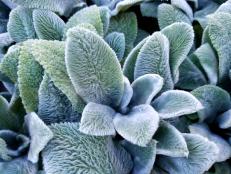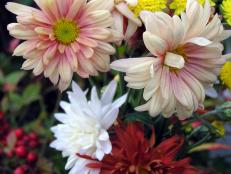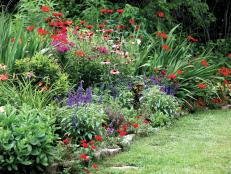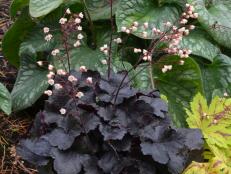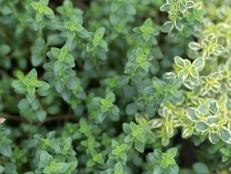Transplanting Perennials
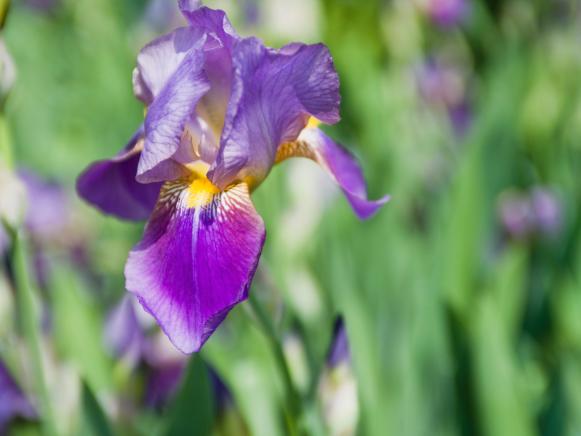
Q: I started my perennial garden last year, and it has outgrown my wildest imagination. Now I must move the plants to accommodate their size. When is the best time for me to do this - in the fall or spring?
A: It depends in part on what you're transplanting and your climate. Perennials that bloom in the spring - astilbe, peonies, bearded iris, bleeding heart and others - can easily be divided and moved in late summer or fall. Those that have begun to show signs of entering dormancy - browning foliage - can also be moved in early fall. Wait until early spring to transplant fall bloomers like coneflowers, rudbeckia, asters and sedum. Check with your local extension office or trusted nursery for the best time to move summer bloomers like daylilies and yarrow; in general, wait a few weeks after a plant blooms before moving it. In very cold regions, it's best to divide and transplant no later than early fall so the plants have time to get established before the cold weather and snow hits. Don't worry, though. Anything you don't get to this fall can always be transplanted in early spring.
Choose a day that's overcast or even rainy for the move. Digging up the plant will result in some root loss, so you'll want to reduce stress on the plant as much as possible. Also remove most of the foliage to reduce demand on the roots to supply water to the plant. You can divide a perennial and leave part of it growing where it is, moving a piece of it to another location. Or, if the size of the mature plant is just too big for the space, move both divisions elsewhere. Apply three to four inches of mulch around the base of each new plantlet and water well. Check on the plant every few days; if the top few inches of soil are dry, water again. Be careful not to overwater.









